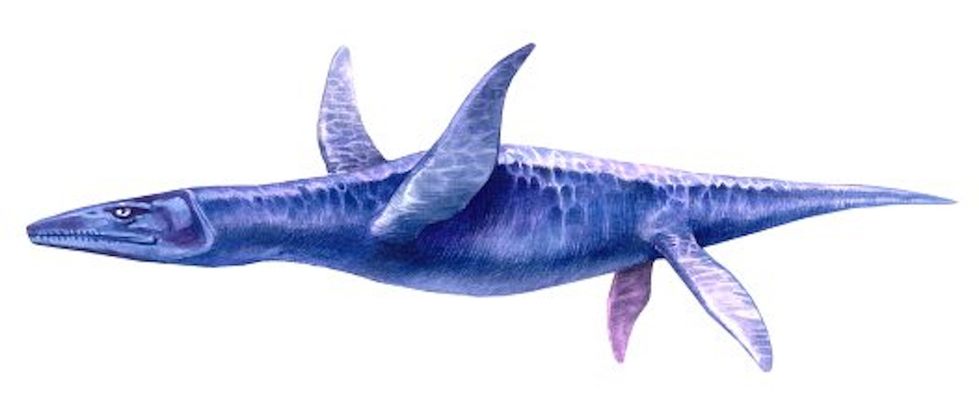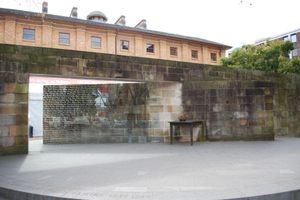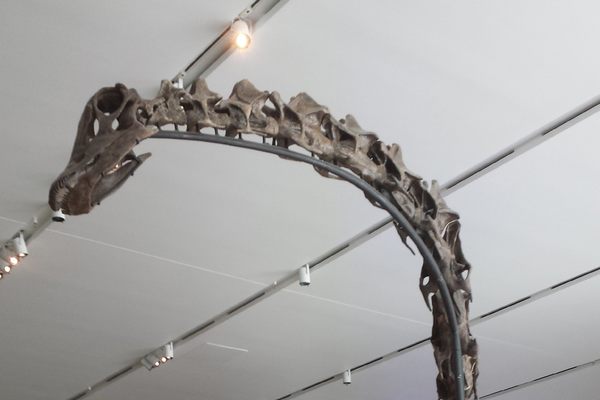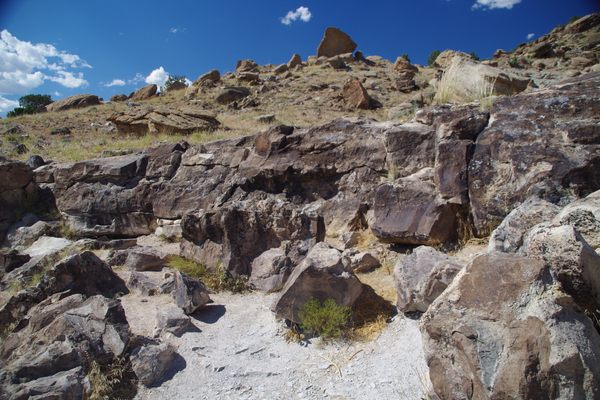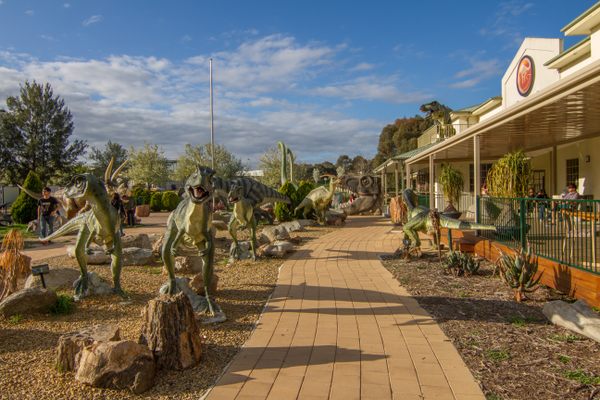About
First discovered in a small Australian town in 1987, the pliosaur skeleton that has come to be known as "Eric" has the unique quality of having become opalized across the millennia, giving the bones a unique sheen and leading some to try to sell the pieces as jewelry.
Found by an opal miner in the town of Coober Pedy, the opal remains belonged to a species of dinosaur known as a Pliosaur, a short-necked cousin to the more well-known Plesiosaur. The miner sold the shimmering bones to an Australian businessman for a reasonably hefty sum. Working with a reconstructionist who named the dinosaur "Eric" after a Monty Python song, the businessman began putting the bones together.
Unfortunately, the high costs of fossil preservation and reconstruction eventually took their toll and the businessman had to look into selling the bones. While there was interest from academic institutions and museums, in Eric's case there was also a great deal of interest from gem and jewelry buyers who wanted to turn the bones into accessories. Luckily the Australian Museum swooped in at the last minute and purchased Eric for their collection.
Update as of December 2016: Eric the Pliosaur was no longer on display at the Australian Museum.
Update as of September 2018: Eric is back on display!
Update as of November 2019: The Australian Museum is closed until mid-2020 for renovations.
Related Tags
Published
April 30, 2014

